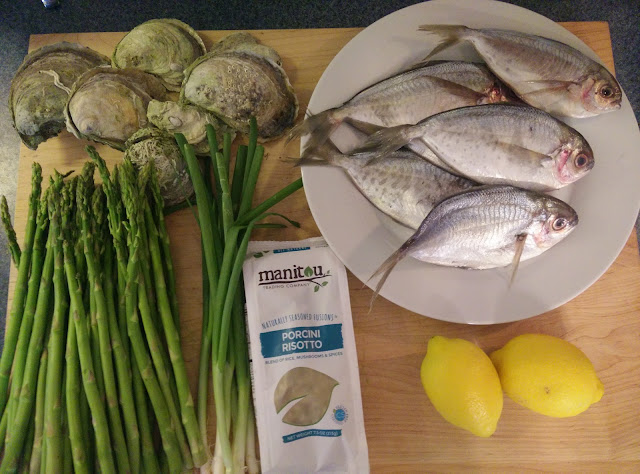Eat Like A Fish - Week 4: One Fish, Two Fish, Grilled Fish, Whole Fish

Well it took until week four, but for the first time in the study I was pushed outside my comfort zone, and I'm glad it happened. I started out this week full of bluefish and behind on the blogging. I was hoping to be able to come up with one of my new species quickly and have time to cook it up and eat it before the weekend. While I wasn't as lucky as I'd hoped, I'm pretty excited with how the week turned out. Come Monday morning, my week four species were... Summer flounder/Fluke ( Paralichthys dentatus ) Mahi Mahi ( Coryphaena hippurus ) Blue Crab ( Callinectes sapidus ) Butterfish ( Poronotus triacanthus ) As any of you that are actually reading this (is it even anybody?) may be getting a sense of by now, this is where I state my expectations of what would be easy to find this week, what I wouldn't find anywhere, and what I'd likely end up eating. Well my immediate assumption was that, although still a bit early in the year for it, my easy find of...



